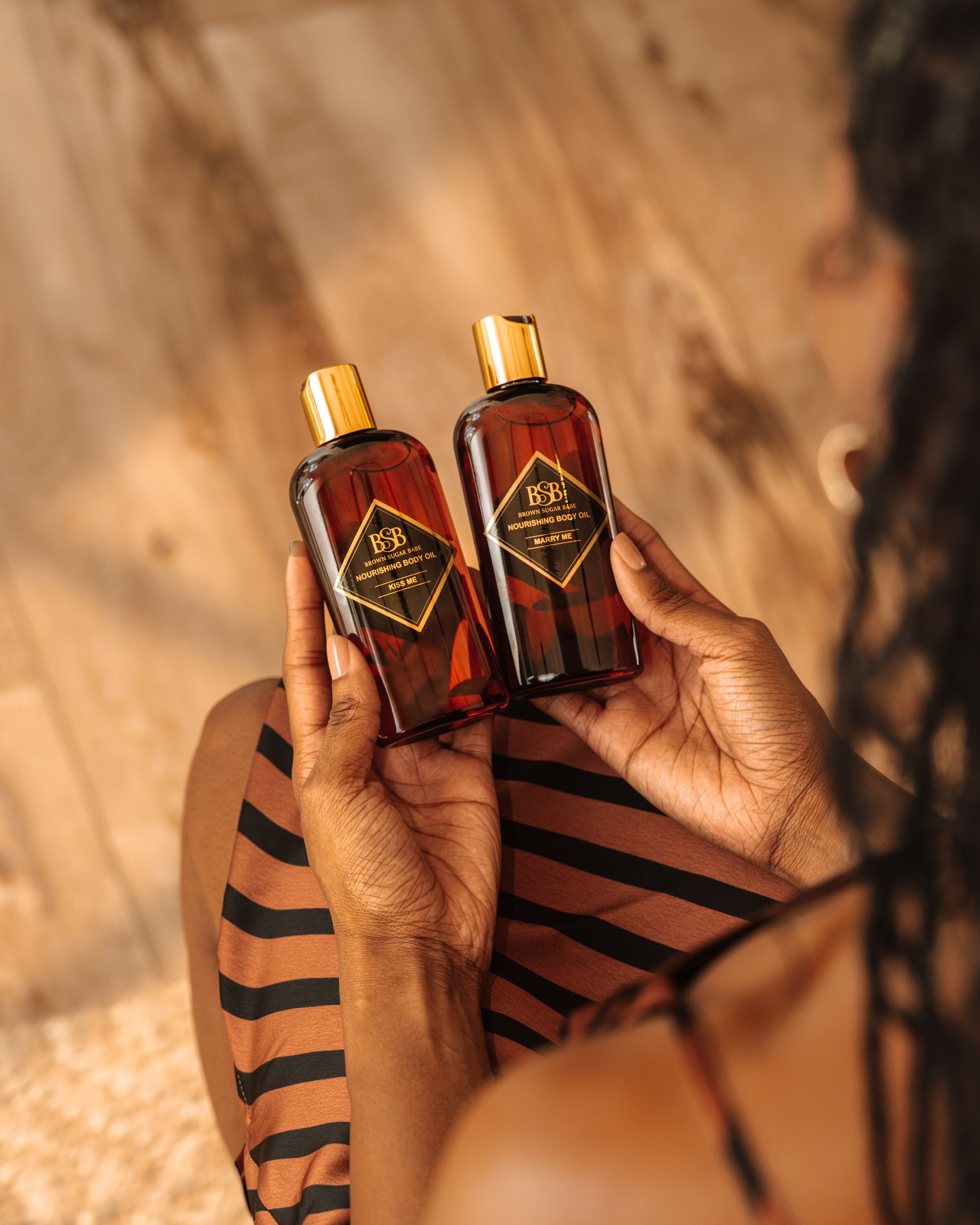My Highest Paid Shoot vs. My Lowest Paid Shoot Last Month
Running a product photography business is full of highs and lows—quite literally when it comes to how much you can make on a single shoot. Every month, I see such a wide range of projects, from massive lifestyle productions to simple, quick studio sessions. I wanted to share the details of my highest-paid shoot versus my lowest-paid shoot last month and how each brought value to my business.
The $15,000 Lifestyle Shoot: A Big Win for a Body Oil Brand
Last month, our highest-paid project was for a body oil company that initially hired us for a $9,000 lifestyle shoot. But, thanks to some strategic upselling and add-ons, the project ballooned to nearly $15,000. This was one of those shoots where everything aligned perfectly!
The Setup
We found an awesome Airbnb for $1,400 that gave us the perfect setting to show off the product in a real-life environment. The space had a luxurious vibe that totally matched the high-end feel of the body oil.
Plus, we brought in a professional model for $600 to add that extra human touch, making the images feel more relatable and inspiring!
The Upsell
So, how did we go from $9,000 to $15,000? It came down to offering a little extra on the day of the shoot. We captured additional images beyond the original scope and presented these as an upsell. The client loved the extra content, which gave her even more material for social media and marketing. This simple add-on helped boost the overall project value without too much extra effort on our end.
How we Landed the Original $9,000 Project
Securing this high-ticket project wasn’t a stroke of luck—it was all about presentation and preparation. We used our Pitch Deck Template to propose the concept of a lifestyle shoot. During a previous conversation, our client casually mentioned using models, and we saw this as the perfect opportunity to build out a complete game plan!
We took the initiative and developed a clear, detailed proposal that included everything from the shoot concept to the logistics, even presenting the shot list over a Zoom call. The layout of our proposal was clean, visually engaging, and easy to follow, which made it all the more appealing to the client.
She was so impressed with the organization and simplicity of our game plan that she immediately said yes! This goes to show how powerful a well-structured proposal can be in landing large projects—especially when you’re prepared to offer solutions before the client even realizes they need them.
The $500 Studio Shoot: A Long-Term Client's Simple Request
On the flip side, my lowest-paid shoot was a $500 studio session for one of our long-term clients. They were launching a new premium body butter scent and needed a handful of images for their online store and social media. This project was much more straightforward, involving minimal setup and no additional crew.
The Setup
We shot this entirely in our studio, using our existing props and lighting setups. It was a clean, crisp project that focused on showcasing the product’s premium nature without any of the extra frills that come with lifestyle shoots.
Why It’s Still Valuable
Even though the budget was significantly smaller, these types of projects are crucial for maintaining strong relationships with long-term clients. The simplicity allowed us to knock it out quickly, and our client appreciated the fast turnaround. Plus, these smaller jobs often lead to larger ones down the road—it’s all about consistency and trust.
Lessons Learned
The stark contrast between these two shoots highlights how versatile product photography can be. One project required outsourcing a model, location scouting, and multiple layers of planning, while the other was quick and efficient. Here are a few things I took away from these experiences:
Upselling is key. If you know the value you can bring to a client’s overall marketing efforts, don’t hesitate to do extra work on set to then upsell your client additional content.
Small jobs still matter. Consistent, reliable work for long-term clients helps build trust and keeps your calendar full during slower periods.
Each project is an opportunity. Whether it’s a $500 or a $15,000 shoot, every project adds something valuable to your portfolio and strengthens your reputation. It’s also an opportunity to share behind-the-scenes content on your socials!
Final Thoughts
Running a product photography business is all about balance. Some months, you’ll have those big, exciting lifestyle shoots that allow you to get creative, and others, you’ll be doing studio work that keeps things running smoothly. The key is to appreciate both for what they bring to your business.
Have you ever experienced a huge gap between your highest and lowest-paid projects in the same month? Let me know in the comments—I’d love to hear your thoughts!
FAQs
1. How did you come up with the price for the $8,800 shoot?
The price was based on the scope, time, equipment, and additional costs like the location and model hire.
2. How do you manage upselling on shoots?
We offer added value by capturing extra content and presenting it as an optional add-on.
3. How did you present the project to the client?
We used a pitch deck and walked the client through our plan over a Zoom call.
4. Why was the smaller $500 shoot still important?
It helps maintain long-term client relationships and keeps a steady workflow.
5. How do you upsell without being too pushy?
When we send the client the final content gallery, we include the link to the additional content and casually offer them at a discounted rate. 90% of the time, they’ll take it!

















Book clients, manage projects, and deliver stunning work with this step-by-step guide designed to help product photographers stay organized and professional.